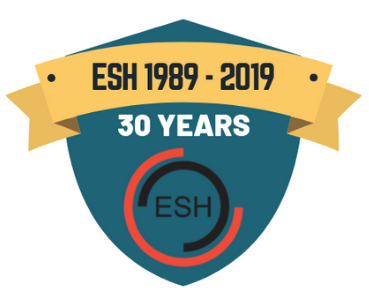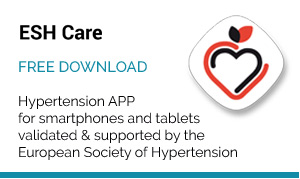June 16, 2007 – Milan, Italy – Telemetric blood pressure monitoring (TBPM) optimized antihypertensive therapy and improved blood pressure control after 3 months and also allowed for optimizing high-dose irbesartan, on top of background antihypertensive therapy, as shown by reduction in pulse pressure, better dipping, and safety. The results of the study were presented by Prof. E. Schulz, Goettingen, Germany at the 17th European Meeting on Hypertension, held in Milan from July 15-19, 2007.
Patients with uncontrolled hypertension [24-hr ambulatory blood pressure (ABP) >130/80 mmHg or >135/75 mmHg in patients with diabetes or renal failure] were included, who were taking 1.5 to 3.5 antihypertensive drugs. In the TPBM group (n=30), the patients were 54 years old on average with a baseline ABP 142.5/82.1 mmHg, and in the control group (n=30) the average age was 59 years with a baseline ABP 141.4/82.1 mmHg. Irbesartan (75-600 mg/day) was added on top of their current antihypertensive drugs and followed for 3 months to determine the effect of TPBM on optimizing therapy and improving compliance.
An automatic report was sent to the responsible physician when either the BP was out of range (as determined for each patient) or for incompliance (indicated by lack of data transmission). Physician intervention could be either by phone or office visit. The TPBM patients measured their BP every morning and were given a monthly report of the BP levels and the number of alarm reports.
In the TBPM group, BP was more significantly reduced compared to the control group (systolic ABP -15.8 mmHg vs -8.4 mmHg, diastolic ABP -8.1 mmHg vs -5.2 mmHg). Pulse pressure (24-hr, day, night) was significantly reduced in the TBPM group compared to the control group. Notably, nearly 50% of the TBPM group reached the rigorous BP goals, compared to only 20% of the control groups.
TBPM was also associated with more pronounced dipping, and a higher daily dose of irbesartan (300 mg vs 187 mg in the control group)-resulting in a faster optimization of the dose than in the control group-and showed that the dose was safe. Also, blood pressure targets were reached after 2-4 weeks in relation to the once daily BP measurement.
There were fewer alarm reports in the TBPM group and their physicians were more satisfied. Prof. Schulz suggested that TBPM could lead to better drug and lifestyle compliance and the ability to reach blood pressure goals after 4 weeks of antihypertensive therapy, and thus individual management of hypertensive patients. Notably, home BP measurement once daily in the morning appears to be effective in controlling BP, as confirmed by ABPM in this study.






